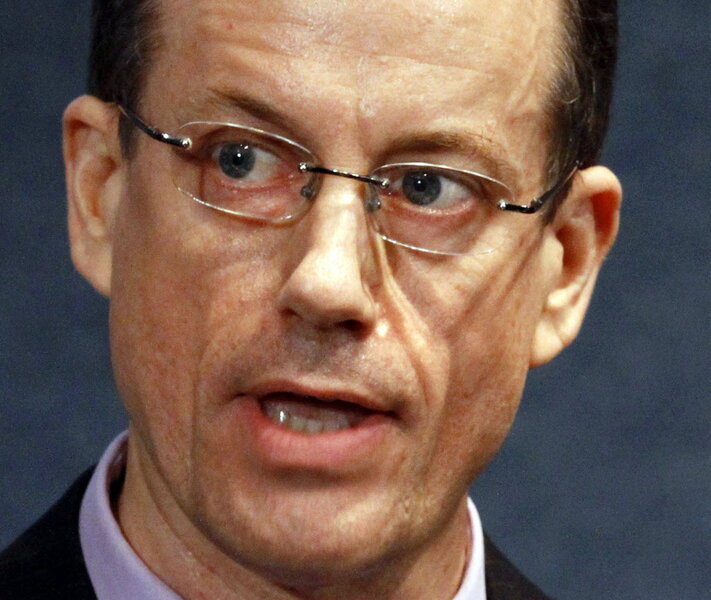There were surveillance programs before the September 11th attacks – such as ThinThread – but they included provisions that insured the privacy of US citizens.
In the wake of the 9-11 attacks, the federal government opted for wider-sweeping programs like Trialblazer, which allowed the National Security Agency to collect information, such as cellphone and e-mail records, without encrypting the data. Unencrypted data sets provides significantly less privacy protection for individuals. Encryption jumbles the details of an e-mail correspondence, and makes the memo impossible for third parties to read.
Though the Trailblazer program was scrapped in 2006, it’s significant because it allowed the federal government to search unencrypted stored data. Former NSA executive Thomas Drake detailed the program in an exclusive interview with the Baltimore Sun and managed to avoid prison with a plea bargain made in 2011.








